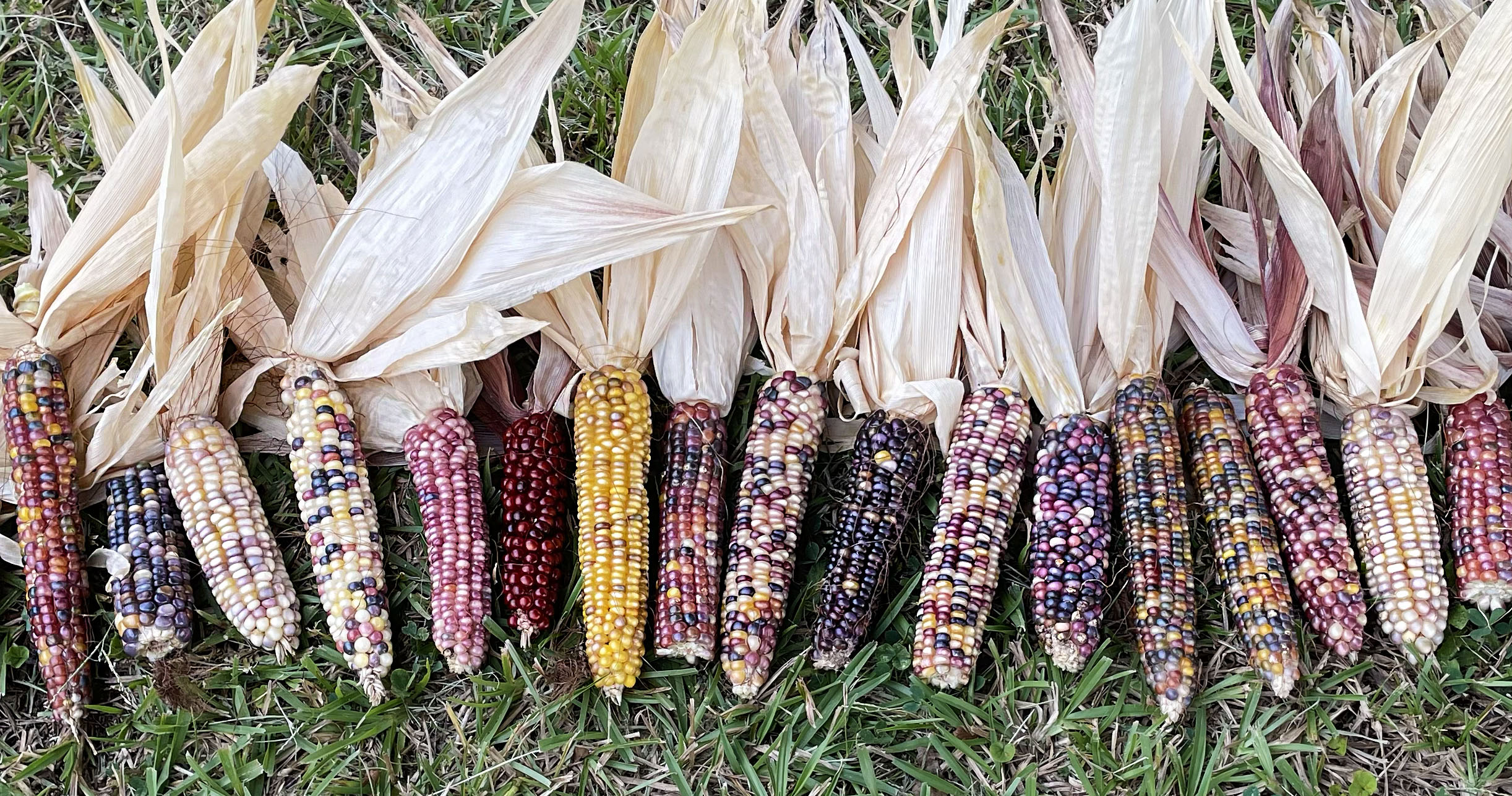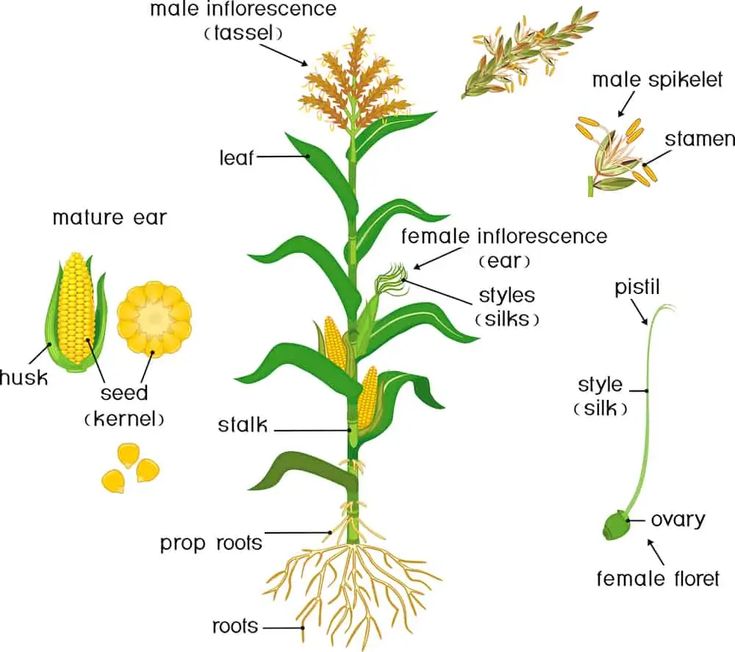Glass Gem Corn
go.ncsu.edu/readext?968905
en Español / em Português
El inglés es el idioma de control de esta página. En la medida en que haya algún conflicto entre la traducción al inglés y la traducción, el inglés prevalece.
Al hacer clic en el enlace de traducción se activa un servicio de traducción gratuito para convertir la página al español. Al igual que con cualquier traducción por Internet, la conversión no es sensible al contexto y puede que no traduzca el texto en su significado original. NC State Extension no garantiza la exactitud del texto traducido. Por favor, tenga en cuenta que algunas aplicaciones y/o servicios pueden no funcionar como se espera cuando se traducen.
Português
Inglês é o idioma de controle desta página. Na medida que haja algum conflito entre o texto original em Inglês e a tradução, o Inglês prevalece.
Ao clicar no link de tradução, um serviço gratuito de tradução será ativado para converter a página para o Português. Como em qualquer tradução pela internet, a conversão não é sensivel ao contexto e pode não ocorrer a tradução para o significado orginal. O serviço de Extensão da Carolina do Norte (NC State Extension) não garante a exatidão do texto traduzido. Por favor, observe que algumas funções ou serviços podem não funcionar como esperado após a tradução.
English
English is the controlling language of this page. To the extent there is any conflict between the English text and the translation, English controls.
Clicking on the translation link activates a free translation service to convert the page to Spanish. As with any Internet translation, the conversion is not context-sensitive and may not translate the text to its original meaning. NC State Extension does not guarantee the accuracy of the translated text. Please note that some applications and/or services may not function as expected when translated.
Collapse ▲
Glass Gem (Corn Seed)
Description: This beautiful flint or popcorn type corn comes in an endless rainbow of colors. Hence the name, the translucent kernels shine like glass. While it is used for decoration, it can also be popped or ground into meal. Carl Barnes bred this variety from a number of Native varieties. Bred by the late Carl Barnes, an Oklahoma Cherokee who dedicated his career to reclaiming and preserving seed of traditional Native American corns.
Scientific Name: Zea mays
Hybrid Status: Open Pollinated
Days to maturity: 105-110
Planting: Plant early to ensure maturity of kernels for a good, dry ripeness. Sow ¾–1″ deep, 6–7″ apart, rows 30–36″ apart. Increase this rate for untreated seeds. Arrange in blocks of at least 4 rows for proper pollination, which is needed for well-filled ears. Plant after the average last frost (Richmond County average last frost- April 3).
Corn is wind pollinated. To get complete kernel set, pollen from the tassel has to land on each individual silk. To help pollen get from the tassel to the silk you can shake the plant or hand pollenate. When tassels start dropping pollen, stalks can be gently shaken. This mimics wind and will release the pollen to float down to the silks. Shake plants every few days for as long as the tassels are viable. A more tried and true way to ensure pollination is to hand pollenate. Carefully detach a tassel from the top of the plant with scissors or shears. Then, simply dust the tassel over the silks. Repeat this process every few days. The silks will dry out once their job is done.

Diagram of a corn plant
Disease and Pests: Corn borers. The best approach to borer control is prompt plowing in or removal and composting of cornstalks after harvest. Consult your local Extension office for Integrated Pest Management program information.
Harvest: Ears can be picked when the kernels are hard and glossy, and the husk has mostly dried down. If necessary, bring husked ears under cover to complete drying. Popcorn should be harvested when kernels are fully mature (hard and glossy) or they won’t pop well. After husking, spread out the ears in a dry, airy place and allow to “cure” for several weeks. The ideal moisture content for popcorn is 13–14.5%. Periodic test-popping will tell you when the kernels are dry enough to store, either on the cob or shelled.
Avg. Seeding Rate: Popcorn: ¾ lb./1,800′, 1 lb./2,400 ft., 6 lb. (or 28,800 seeds)/acre at 2 seeds/ft. in rows 36″ apart. Ornamental, Flour and Cornmeal: ¾ lb./600′, 1 lb./800 ft., 18 ¼ lb. (or 29,200 seeds)/acre at 2 seeds/ft. in rows 36″ apart.



